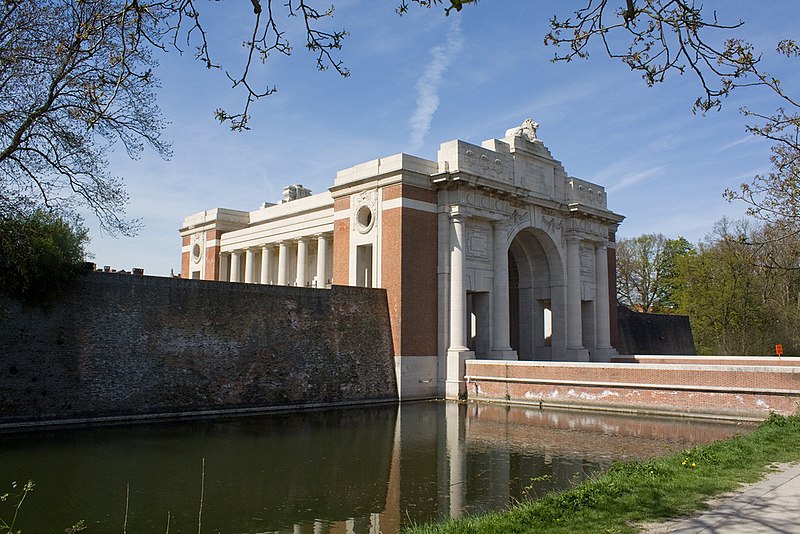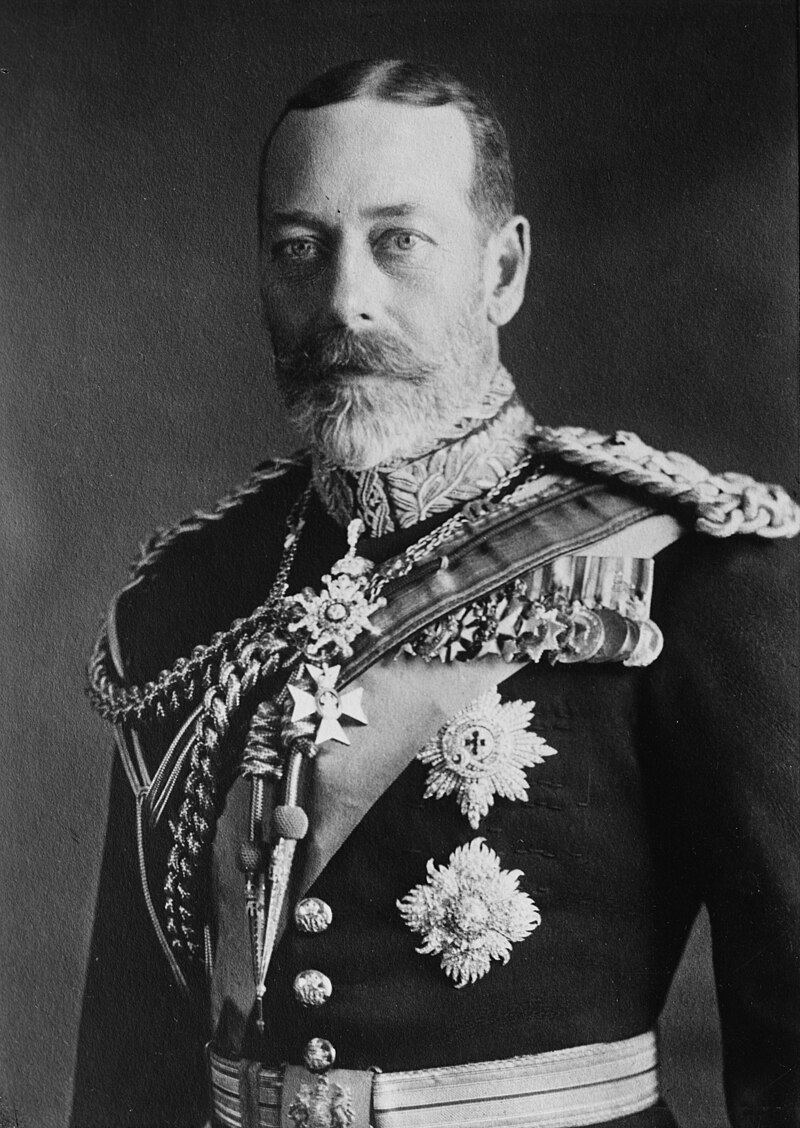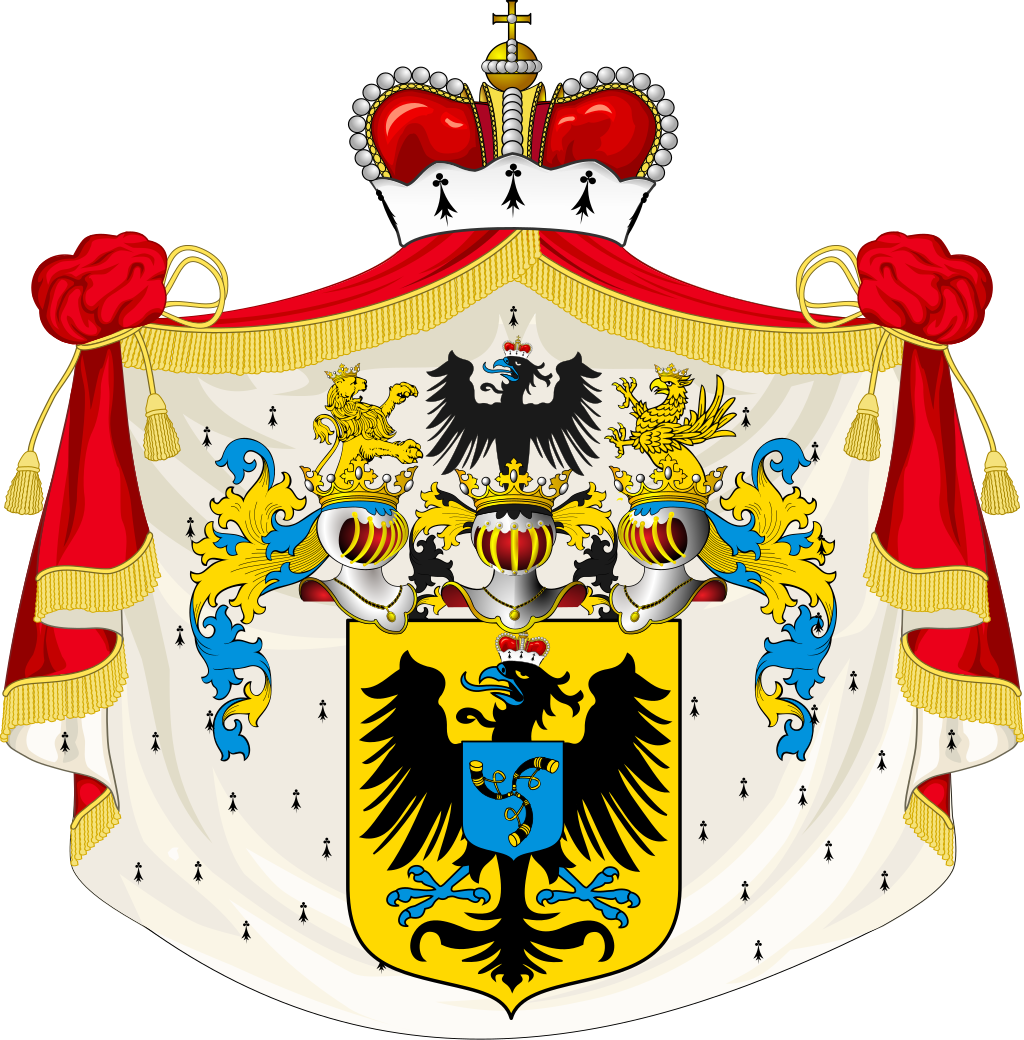by Susan Flantzer
- The Honorable Gerald William Grenfell and The Honorable Richard Chichester
- Timeline: July 1, 1915 – July 31, 1915
- A Note about German Titles
- Royals/Nobles/Peers Who Died in Action
Two sons of British peers died at the very end of July 1915, one in battle and the other of typhoid fever while serving with the Serbian Relief Fund in Serbia because he was not medically fit for active service.
The Honorable Gerald William Grenfell, known as William or Billy, was born in London on March 29, 1890. He was the second of the five children and the second of the three sons of William Henry Grenfell, 1st Baron Desborough, and Ethel Anne Priscilla Fane, daughter of the diplomat Julian Fane. His elder brother, the war poet The Honorable Julian Grenfell, died from battle wounds on May 26, 1915 and was featured in May 1915: Royalty and World War I. His younger brother The Honorable Ivo George Grenfell, died in 1926 as the result of a car accident. The title, Baron Desborough, became extinct upon the death of their father, the 1st Baron Desborough, in 1945.
Billy attended Oxford University and served as a Second Lieutenant in the 8th Battalion of Rifle Brigade (Prince Consort’s Own) in the British Army. He was killed on July 30, 1915 at the age of 25 leading a charge near Hooge, a small village east of Ypres in the Flemish province of West-Vlaanderen in Belgium, within a mile of where Julian had been mortally wounded. Billy has no known grave, but is memorialized on the Menin Gate Memorial to the Missing in Ypres, Belgium, dedicated to the British and Commonwealth soldiers who were killed in the Ypres Salient of World War I and whose graves are unknown.

Menin Gate Memorial to the Missing; Photo Credit – Wikipedia
Like his brother Julian, Billy is also considered a British War Poet. Along with his brother, Billy was featured in The Muse in Arms, an anthology of British war poetry published in November 1917. Billy’s poem is a memorial to his friend The Honorable John Neville Manners, the eldest son of John Manners-Sutton, 3rd Baron Manners, who died in 1914 during the early weeks of the war. The poem is one of the nine poems in the In Memoriam section of The Muse in Arms.
To John
(The Hon. John Manners)
by William Grenfell
O heart-and-soul and careless played
Our little band of brothers,
And never recked the time would come
To change our games for others.
It’s joy for those who played with you
To picture now what grace
Was in your mind and single heart
And in your radiant face.
Your light-foot strength by flood and field
For England keener glowed;
To whatsoever things are fair
We know, through you, the road;
Nor is our grief the less thereby;
O swift and strong and dear, good-bye.

Memorial to Gerald William Grenfell and his brother Julian near their family home; Photo Credit – www.grenfellhistory.co.uk
The Honorable Richard Chichester, the youngest son of Arthur Henry Chichester, 3rd Lord Templemore and his second wife Alice Dawkins was born on April 4, 1889. He was educated at Harrow School in London, England and graduated from Christ Church, Oxford University in 1910 with a Bachelor of Arts. Richard had been pronounced medically unfit for active service. However, he still wanted to serve in the war effort. In November 1914, he went to Serbia as acting honorary secretary to the first hospital unit of the Serbian Relief Fund, founded by Dame Louise Paget, Lady Paget, a British humanitarian. For his services in Serbia, Richard was given the honorary rank of Captain in the Serbian Army. He was planning to go home on leave, to try to persuade the army doctors to approve him for active service, when he caught a virulent form of typhoid fever and died in nine days, on July 31, 1915.
Petar Mirkovie, member of the Municipality of Novi Bazar, Serbia, sent this telegram to Lady Paget : “In the name of the citizens of Novi Bazar, I beg you to accept my deepest sympathy, learning the news of the sudden death of our young and noble Richard Chichester, who came to Serbia under pressure of his love for right, and far away from his own country left his life on this field of duty.”
Lady Paget wrote of Richard: “His devoted work of the previous winter, and his unfailing energy and courtesy, had endeared him to a far wider circle even than that with which he came into personal contact. For myself, I cannot express the value of his efficient and sympathetic help, nor what his loss meant to us. There was no member of the unit whose absence could have left a greater gap, or whose presence during the indescribable difficulties of the following winter would have been a more effective aid to us all.”
www.rastko.rs: British Medical Missions in Serbia 1914-1915
*********************************************************
Timeline: July 1, 1915 – July 31, 1915
- July 9: German forces in South-West Africa surrender
- July: Battle of Kara Killisse in Kara Killisse, Ottoman Empire (now Ağrı, Turkey)
- July 18 – August 3: Second Battle of the Isonzo
*********************************************************
Most of the royals who died in action during World War I were German. The German Empire consisted of 27 constituent states, most of them ruled by royal families. Scroll down to German Empire here to see what constituent states made up the German Empire. The constituent states retained their own governments, but had limited sovereignty. Some had their own armies, but the military forces of the smaller ones were put under Prussian control. In wartime, armies of all the constituent states would be controlled by the Prussian Army and the combined forces were known as the Imperial German Army. may be used in Royals Who Died In Action below. Refer to Unofficial Royalty: Glossary of German Noble and Royal Titles.
24 British peers were also killed in World War I and they will be included in the list of those who died in action. In addition, more than 100 sons of peers also lost their lives, and those that can be verified will also be included.
*********************************************************
July 1915 – Royals/Nobles/Peers Who Died In Action
The list is in chronological order and does contain some who would be considered noble instead of royal. The links in the last bullet for each person is that person’s genealogical information from Leo’s Genealogics Website. or to The Peerage website. If a person has a Wikipedia page, their name will be linked to that page.
The Honorable Gerald William Grenfell
- son of William Grenfell, 1st Baron Desborough and Ethel Fane
- brother of the war poet The Honorable Julian Grenfell who died from battle wounds on May 26, 1915 and was featured in May 1915: Royalty and World War I
- born March 29, 1890 at Saint James’s Square in London, England
- killed in action July 30, 1915 in West Flanders, Vlaams Gewest, Belgium, age 25
- http://www.thepeerage.com/p6645.htm#i66450
The Honorable Richard Chichester
- son of Arthur Henry Chichester, 3rd Lord Templemore and his second wife Alice Dawkins
- born April 4, 1889
- died of typhoid fever July 31, 1915 in Niš, Serbia while working for the Serbian Relief Fund, age 26
- http://www.thepeerage.com/p25003.htm#i250025
















